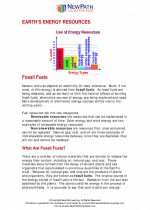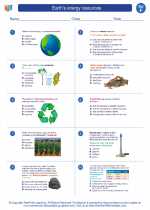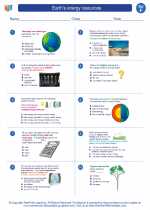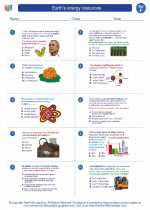What is Leather?
Leather is a durable and flexible material created by tanning animal rawhide and skins. It is used in a wide range of products, including clothing, footwear, upholstery, and accessories.
How is Leather Made?
The process of making leather involves several steps:
- Tanning: Raw animal hide or skin is treated with tannins to prevent decomposition and make it suitable for use.
- Preparation: The hide is cleaned, de-haired, and de-fleshed to remove any impurities.
- Tanning Agents: Tanning agents such as chromium salts, vegetable tannins, or aldehydes are used to treat the hide and give it the desired properties.
- Coloring and Finishing: The leather is dyed and treated to achieve the desired color, texture, and sheen.
Types of Leather
There are several types of leather, each with its unique characteristics:
- Full-Grain Leather: This type of leather retains the original texture and imperfections of the animal hide, making it durable and breathable.
- Top-Grain Leather: Top-grain leather is sanded and refined to remove imperfections, resulting in a smooth and uniform surface.
- Split Leather: Split leather is derived from the lower layers of the hide and is less durable than full-grain or top-grain leather.
- Exotic Leather: Exotic leather is sourced from non-traditional animals such as snakes, alligators, or ostriches, and is known for its unique patterns and textures.
Properties of Leather
Leather possesses several desirable properties, including:
- Durability
- Flexibility
- Breathability
- Resistance to tearing and puncturing
Uses of Leather
Leather is used in a variety of products, including:
- Clothing
- Footwear
- Accessories (e.g., bags, belts)
- Upholstery
- Automobile interiors
Environmental Impact
The leather industry has raised environmental concerns due to the tanning process, which involves the use of chemicals and significant water consumption. Efforts are being made to develop more sustainable tanning methods and reduce the environmental impact of leather production.
Study Guide
To study the topic of leather, consider the following key points:
- Understand the process of tanning and the different types of tanning agents used.
- Compare and contrast the properties of full-grain, top-grain, and split leather.
- Explore the historical and cultural significance of leather in various societies.
- Research the environmental impact of leather production and efforts to promote sustainability in the industry.
- Examine the uses of leather in different products and industries, and the specific properties that make it suitable for each application.
◂Science Worksheets and Study Guides Sixth Grade. Earth's energy resources

 Worksheet/Answer key
Worksheet/Answer key
 Worksheet/Answer key
Worksheet/Answer key
 Worksheet/Answer key
Worksheet/Answer key
 Vocabulary/Answer key
Vocabulary/Answer key
